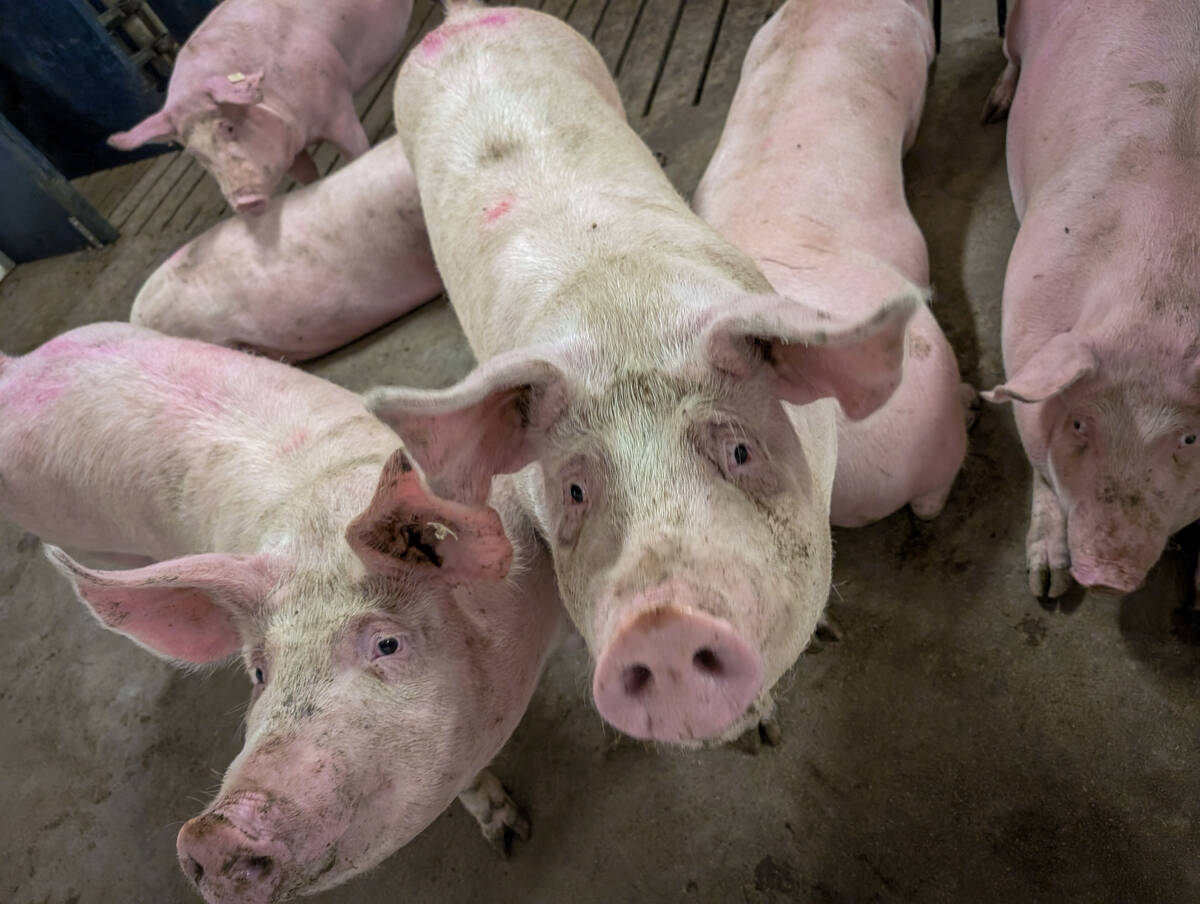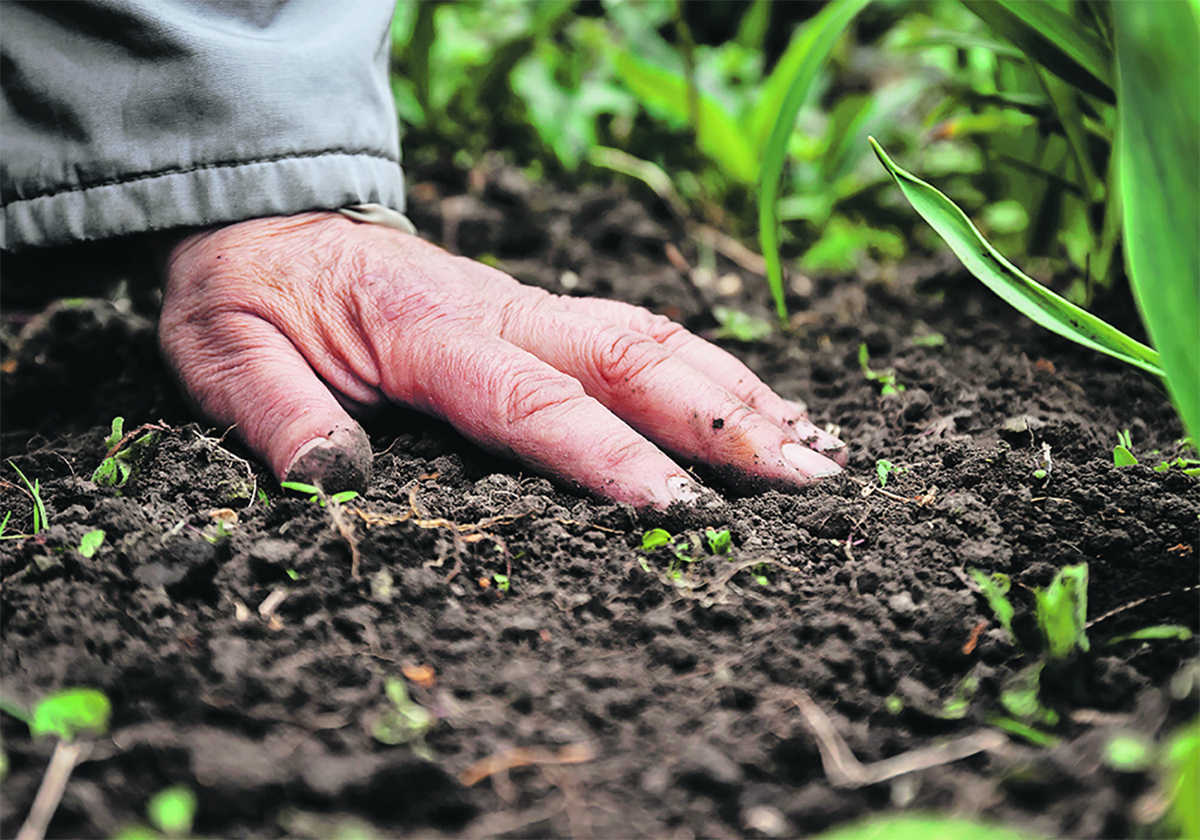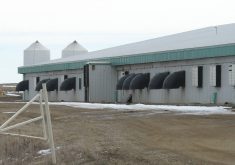Readers who have made it this far into this week’s issue of the Western Producer will have already noticed that many stories are linked to the theme of sustainability and regenerative agriculture.
It’s a thorny issue for many farmers these days, as seen in the recent decision by six major agricultural commodity groups to stop participating in the federal government’s Sustainable Agriculture Strategy.
But there’s more to this issue than advocates versus opponents.
Read Also

Pork sector targets sustainability
Manitoba Pork has a new guiding document, entitled Building a Sustainable Future, outlining its sustainability goals for the years to come.
Farmer fatigue when it comes to sustainability is real, but so are the potential effects on agriculture if the developing trends come to fruition.
That’s why the Western Producer is dedicating almost an entire edition to the subject.
One of the challenges when trying to wrap our heads around the idea of regenerative agriculture is coming up with an adequate definition.
In one definition I found, the practice “focuses on topsoil regeneration, increasing biodiversity, improving the water cycle, enhancing ecosystem services, supporting biosequestration, increasing resilience to climate change and strengthening the health and vitality of farm soil.”
When interest in regenerative agriculture began to build a few years ago, a former Western Producer editor’s response was that it was basically describing what farmers have always done, with a few extra bells and whistles.
At first glance, it certainly doesn’t appear as though regenerative agriculture is a dramatic departure from previous practices.
However, anything new, especially when linked to greenhouse gas emissions and the still-controversial subject of climate change, can be treated with suspicion by many farmers.
The steady barrage of information and news stories on the practice certainly doesn’t help.
An open mind and a little bit of time could go a long way toward increasing acceptance of practices that many farmers are already following for the most part.
When I started working at the Western Producer in the mid-1980s, organic farming was still very much a fringe activity.
The paper would write the occasional story about it, and every time we did, one of the editors at the paper would write a column decrying organic farming and warning about its dangers.
Organic farming still isn’t mainstream 40 years later, but it’s much more accepted.
I wonder if regenerative agriculture will take that long to catch on?

















